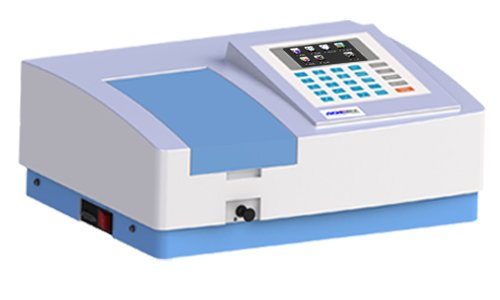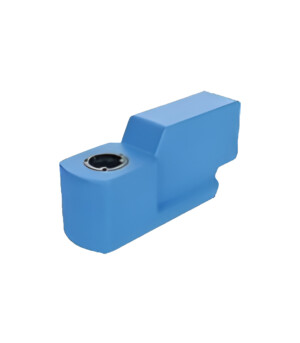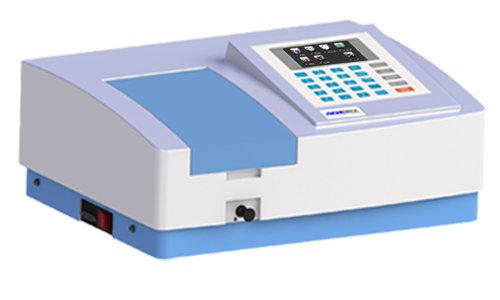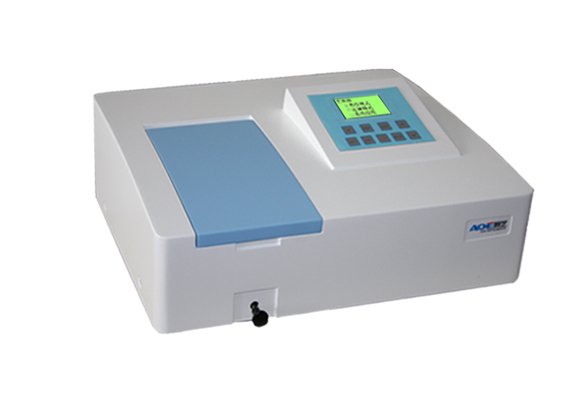Spectrophotometer
Showing all 4 results
-
$USD 3,690.00 Add to cart
-
$USD 2,230.00 Add to cart
-
$USD 1,495.00 Add to cart
Showing all 4 results
Spectrophotometer
A spectrophotometer is a scientific instrument used to measure the intensity of light at different wavelengths in a sample. It is widely used in chemistry, biochemistry, physics, and environmental science to determine the concentration of a substance in a sample.
The basic principle of a spectrophotometer is that it measures the amount of light absorbed or transmitted by a sample. The sample is placed in a cuvette or a container and a beam of light is passed through it. The spectrophotometer then measures the intensity of the light that passes through the sample, compared to a reference beam of light that has not passed through the sample. The amount of light absorbed or transmitted by the sample can be determined by comparing the two intensities.
There are different types of spectrophotometers, including UV-Visible, Infrared, Atomic Absorption, and Fluorescence spectrophotometers. Each type is designed to measure light at a specific wavelength range and is used for different applications.
Spectrophotometers are important tools in many industries, including pharmaceuticals, biotechnology, and materials science, as well as in research and academic settings. They play a crucial role in chemical analysis, environmental monitoring, and medical diagnostics. Spectrophotometers can provide precise and accurate measurements, making them essential for various applications.
There are different types of spectrophotometers, including:
- UV-Visible spectrophotometers: These instruments are used to measure the absorption of light in the ultraviolet and visible regions of the electromagnetic spectrum. They are commonly used in the analysis of DNA, RNA, and protein samples, as well as in the measurement of the concentration of colored compounds.
- Infrared (IR) spectrophotometers: These spectrophotometers measure the absorption of light in the infrared region of the electromagnetic spectrum. They are used to analyze the functional groups in organic molecules and are used in fields such as organic chemistry and materials science.
- Atomic absorption (AA) spectrophotometers: These instruments are used to measure the absorption of light by atoms in the gas phase. They are often used to measure the concentration of trace metals in a sample.
- Fluorescence spectrophotometers: These instruments are used to measure the emission of light from a sample after it has been excited by a light source. They are commonly used in the measurement of the concentration of fluorescent molecules in a sample, such as in protein quantification or DNA sequencing.




